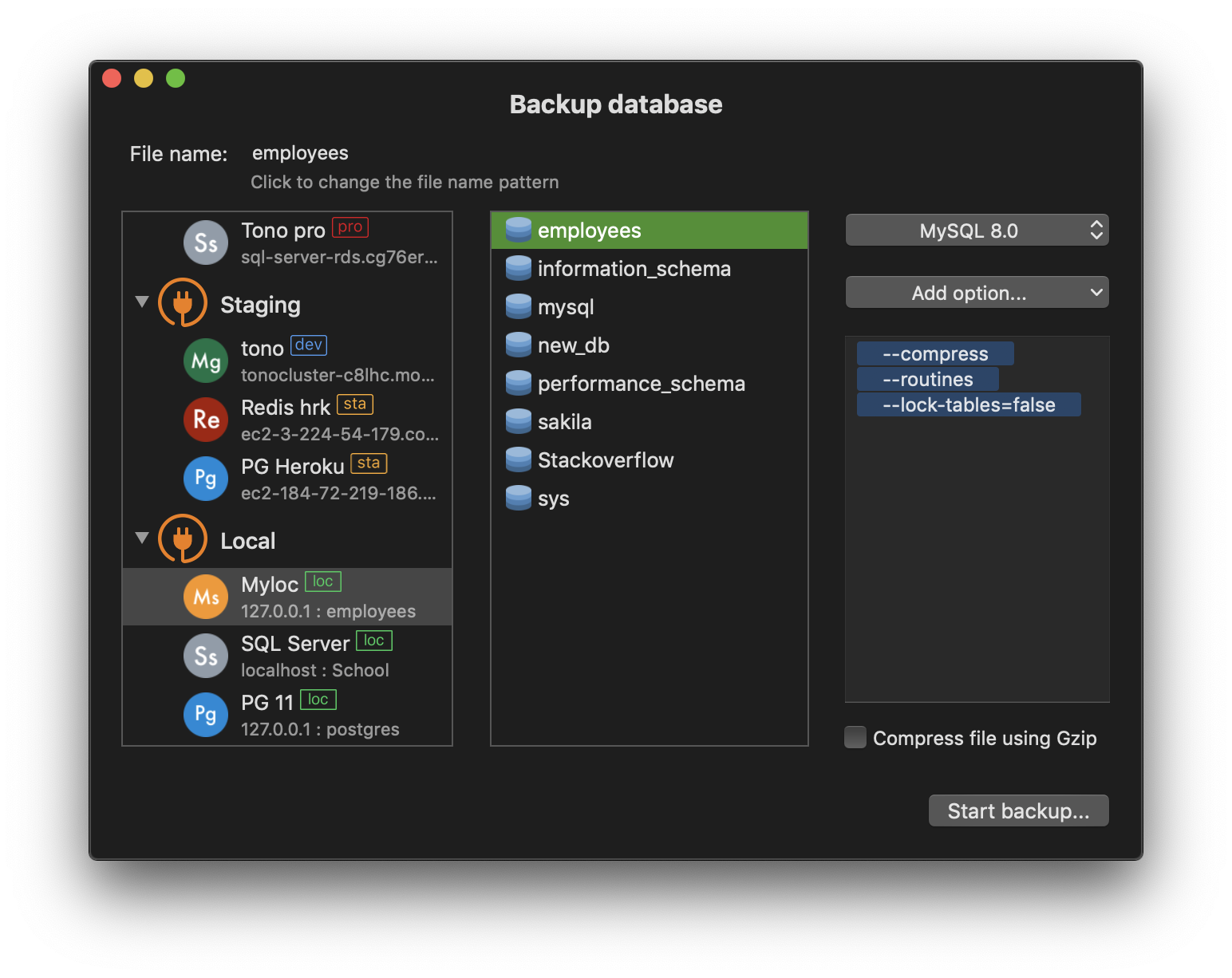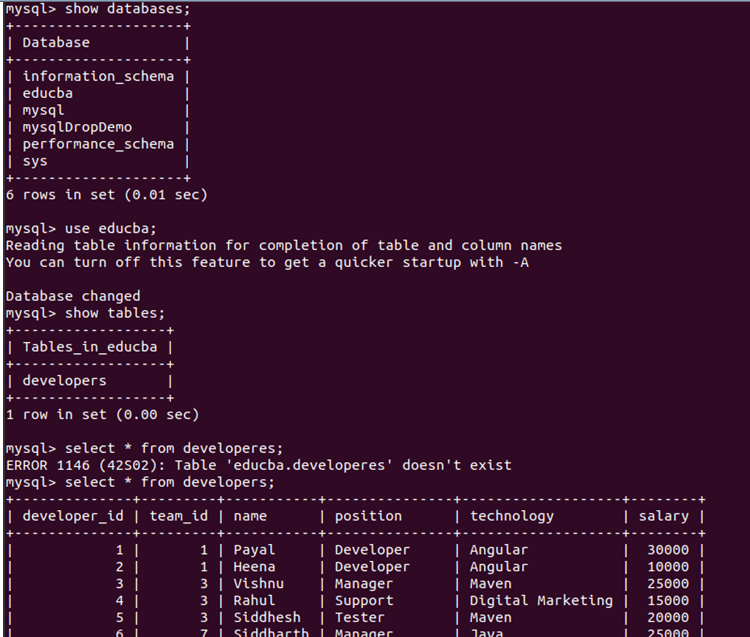


NOTE - if you are installing MySQL on a CentOS 7 template, see the section below: Installing MySQL on CentOS 7 To install applications using yum you will need to be able to connect to the Server using SSH and work as the root user. MySQL and PHP can be installed from the command line of the Server using yum. Installing MySQL and related applications using the command line If you are going to use MySQL with an application like WildFly, JBoss, Tomcat, or GlassFish, you will also want to install MySQL Connector/J. If PHP is not installed, the installation of phpMyAdmin will fail. If you are going to use phpMyAdmin, you will need to install PHP first, and then phpMyAdmin. You can also install phpMyAdmin to manage the database from a GUI application. To use MySQL you will need to install the MySQL database. Stopping and starting MySQL using the command lineīacking up your databases using phpMyAdminīacking up your databases using mysqldump Installing MySQL and related applications using the command lineĬreating databases and users using the command line Installing MySQL and related applications More information about MariaDB can be found in the MariaDB User Guide, which also links to the official MariaDB documentation. Instructions for adding the MySQL Community repo are here - A Quick Guide to Using the MySQL Yum Repository. If you are using a CentOS 7 template and need to install MySQL, you will need to use the official MySQL Community repository or a third party repository. If you are using CentOS 7, your Server will use MariaDB by default, unless you are using a CentOS 7 template that specifically has MySQL in the template name.
#Phpmyadmin mysql dump how to
This User Guide is not intended to be a tutorial on how to use MySQL. You will need to consult the official MYSQL documentation or any of the several available books about MySQL if you need to come up to speed on how to actually use the database. Additionally, you have the option to convert the backup into various other file formats to accommodate your needs.This User Guide is designed to help you install MySQL and phpMyAdmin on your Server, and to do some minor configuration. With the phpMyAdmin export database feature, you get to do it quickly and effortlessly. ConclusionĮxporting database as a file is a simple way to backup your entire database within a website. This article will guide you through the steps to restore a MySQL database from a backup using phpMyAdmin. Now that you know how to export a MySQL database using phpMyAdmin, it’s worth knowing how to use the backup file. For example, you can change the columns separator when exporting the database as a CSV file. Format-specific options – provides various compatibility settings depending on the selected format of the backup file.Output – manages tables names and file name templates and enables compression on the MySQL backup file.Tables – lets you export only selected tables.This method allows you to change three groups of settings: If you want more control over the backup process, you can go with the Custom method. SQL is the default format used to import and export MySQL databases as various systems generally support it. In the next section, choose SQL from the dropdown menu as your preferred format for the backup file.If you’re not familiar with SQL tables or want the simplest way to export your database, you can select the Quick option. phpMyAdmin has two export options: Quick and Custom.Then, select the Export tab on the top menu bar. On the left side of the phpMyAdmin dashboard, click on the MySQL database you want to export.

Enter phpMyAdmin from your hosting control panel.How to Export MySQL Database Using phpMyAdmin If you use Hostinger’s web hosting, you can access phpMyAdmin from the hPanel’s dashboard, listed under Databases. Most web hosting providers add phpMyAdmin to their control panel.
#Phpmyadmin mysql dump free
This free and open-source tool has a user-friendly interface that allows you to run MySQL queries and manage your databases easily, including but not limited to exporting them. PhpMyAdmin is one of the most popular tools used to administrate MySQL databases. In this article, we will uncover how to use phpMyAdmin to export a database and create a backup. If you’re managing a MySQL database, phpMyAdmin can make the process hassle-free. The easiest way to backup or migrate your website’s data is by exporting your database.


 0 kommentar(er)
0 kommentar(er)
